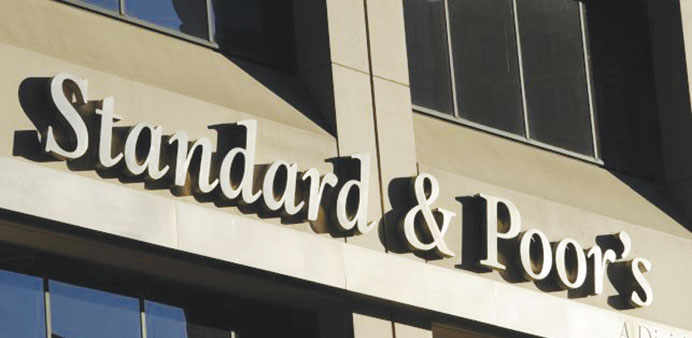|
|
Qatar is in a “net external creditor” position of about $50bn despite the country’s total external debt rising steadily in recent years, a new report has shown.
According to Standard & Poor’s, Qatar’s total external debt was estimated at $166bn in 2012.
“However, this debt is more than offset by external assets — largely those accumulated by Qatar Investment Authority (QIA),” S&P said in a country assessment yesterday.
Standard & Poor’s associates Qatar’s current account balance and external debt position with limited vulnerability. Qatar has posted extremely strong current account surpluses, which have been fuelled by hydro-carbon exports and averaged more than 20% of GDP over the past decade.
“We expect the trade surplus to remain strong in 2013 because oil and gas prices remain high, more than compensating for the expected higher debt service from rising gross external debt,” it said.
S&P said it considers Qatar’s economy to be in an “expansionary phase” as the economy is prosperous — real GDP growth was 6% in 2012 — and the banking sector is expanding rapidly.
Credit growth has been exceptionally strong over the past five years, including in 2011 and 2012 when it rose respectively 30% and 21%.
This growth was mainly driven by government and quasi-government institutions’ borrowing, which rose by 45% and 47% in 2011 and 2012 respectively and in particular project finance sponsored by the government in the oil and gas sector.
“A boom in the real estate sector also fuelled credit growth,” S&P said.
Despite rapid expansion of credit, commercial banks’ credit to the private sector has remained almost stable as a percentage of GDP, at about 60%.
“We expect a slowdown in domestic lending, which we project to expand almost 15% in 2013, still largely fuelled by the public sector and especially by strong infrastructure development ahead of the 2022 FIFA World Cup, which Qatar will host.
“In the private sector, we expect retail lending to pick up in response to the growing customer base, with the expected influx of expatriates. However, new regulations on personal borrowing in 2011, which capped the amount and rate at which banks can lend to an individual, should limit the banks’ retail loan growth,” S&P said.
The report said like many emerging markets, the Qatari equity market is prone to high volatility.
“Equity prices have remained broadly flat over the past two years, with periods of volatility. The impact on the banking system was limited as the government bought back the exposure of local banks to the stock market in 2009. In addition, the exposure of Qatari banks to other stock markets is very limited,” S&P said.

